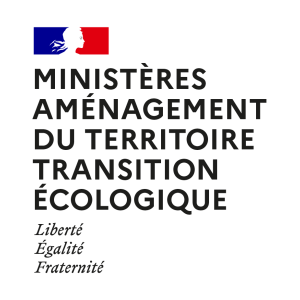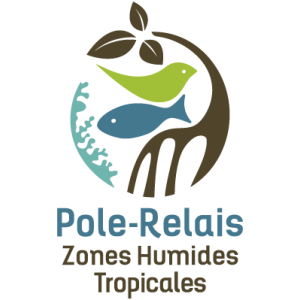
Document généré le 07/12/2025 depuis l'adresse: https://www.documentation.eauetbiodiversite.fr/fr/notice/genetics-of-scottish-populations-of-the-native-oyster
Titre alternatif
Producteur
Contributeur(s)
EDP Sciences
Identifiant documentaire
10-2007008
Identifiant OAI
oai:edpsciences.org:dkey/10.1051/alr:2007008
Auteur(s):
Andy Beaumont,Manuela Truebano Garcia,Stephan Hönig,Paula Low
Mots clés
Genetics
Microsatellites
Conservation
Oysters
Scotland
Date de publication
07/02/2007
Date de création
Date de modification
Date d'acceptation du document
Date de dépôt légal
Langue
en
Thème
Type de ressource
Source
https://doi.org/10.1051/alr:2007008
Droits de réutilisation
Région
Département
Commune
Description
The European, native or flat oyster, Ostrea edulis, has been the subject of human-mediated
translocation and aquaculture in Europe for centuries and may have diluted
or masked natural population genetic structure. Samples of O. edulis from 10 sites in
Scotland and The Netherlands, Brittany and Norway were collected and
genotyped at up to six
microsatellite loci. Numbers of alleles and heterozygosity per locus were
high in all populations and were consistent with previous microsatellite
studies. There is no evidence that extensive traditional oyster aquaculture
has led to loss of allelelic diversity. Deficiencies of heterozygotes
against Hardy-Weinberg predictions were common and were probably mainly due
to the presence of null alleles. Overall, population differentiation
(Fst = 0.05) was estimated to be higher than previous studies and could
be resolved into four main genetic groups (1) Norway, (2) The Netherlands
and Brittany, (3) Scotland apart from (4) Skye. The genetic distinctness of
Norway oysters agrees with previous findings. The distinctiveness of the
Skye population could be partly due to an artefact of small sample sizes and
partly due to the founder effect of importation of Brittany oysters in the
1950s. Further studies are required to ascertain whether the Skye population
may be deserving of special conservation status. The results suggest that
human aquaculture activities over recent centuries have probably diluted any
original local genetic differentiation within Scotland, but that potentially
important genetic differentiation still exists at the wider scale across
Europe
Accès aux documents
0
Consultations
0
Téléchargements






























